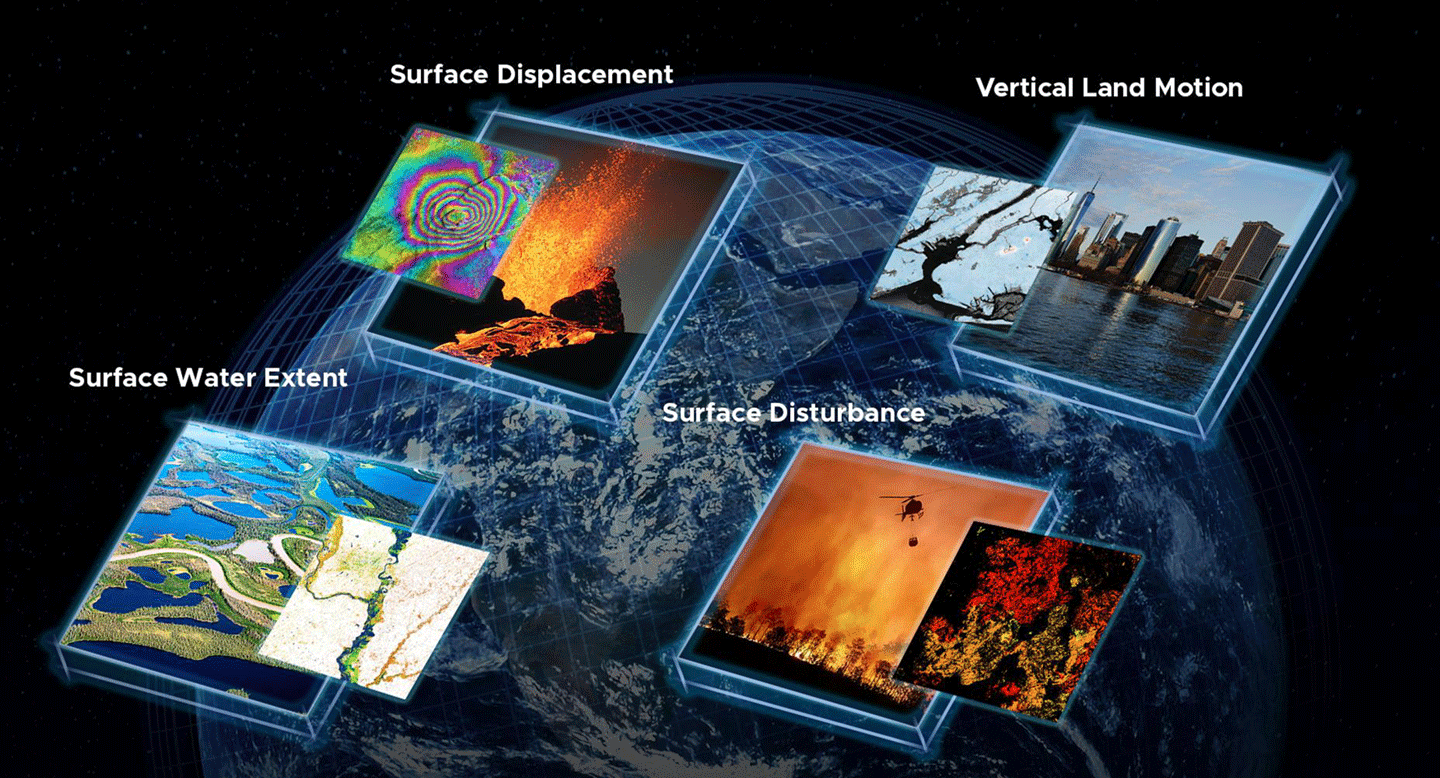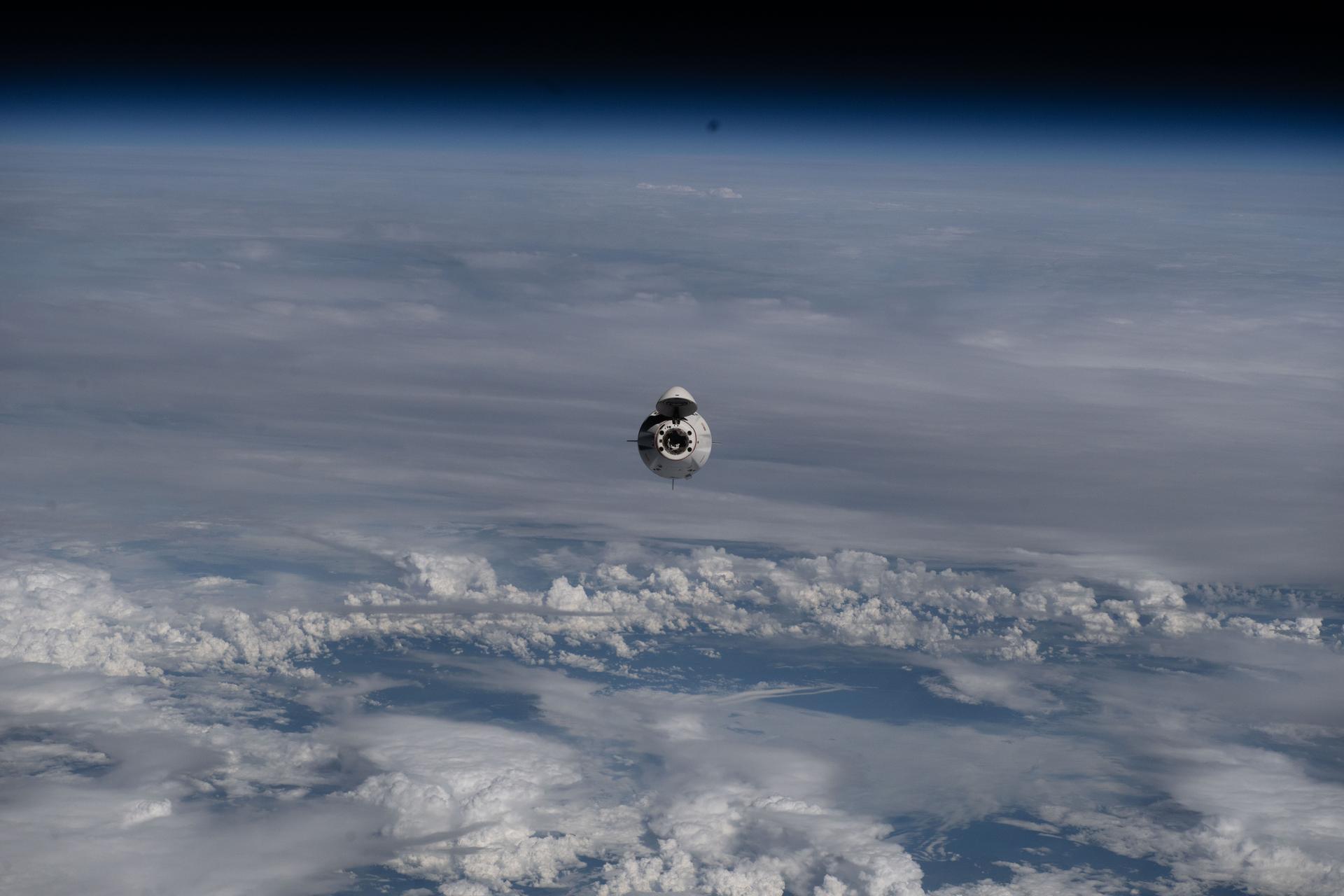Ranger 6
Type
Launch
Target
Objective
What was Ranger 6?
Ranger 6 was the closest to date to success in U.S. attempts to impact the Moon, but a short-circuit disabled the spacecraft before it could complete its mission. The probe did impact the Moon on target and on schedule, but its TV camera system was inoperable.
| Nation | United States of America (USA) |
| Objective(s) | Lunar Impact |
| Spacecraft | P-53 / Ranger-A |
| Spacecraft Mass | 804 Pounds (364.69 Kilograms) |
| Mission Design and Management | NASA / Jet Propulsion Laboratory |
| Launch Vehicle | Atlas Agena B (Atlas Agena B no. 8 / Atlas D no. 199 / Agena B no. 6008) |
| Launch Date and Time | Jan. 30, 1964 / 15:49:09 UT |
| Launch Site | Cape Canaveral Air Force Station, Fla. / Launch Complex 12 |
| Scientific Instruments | 1. Imaging System (Six TV Cameras) |
Key Dates
Jan. 30, 1964: Launch
Feb. 2, 1964: Lunar impact
In Depth: Ranger 6
This fourth American attempt to intentionally crash a spacecraft on the Moon was the closest to success so far.
The spacecraft, the first Block 3 type vehicle with a suite of six TV cameras, was sterilized to avoid contaminating the lunar surface. The series would also serve as a test-bed for future interplanetary spacecraft by deploying systems such as solar panels that could be used for more ambitious missions.
The spacecraft carried a 381-pound (173-kilogram) TV unit, replacing the impact capsule carried on the Block 2 Ranger spacecraft. The six cameras included two full-scan and four partial-scan cameras capable of shooting 300 pictures a minute.
Ranger 6 flew to the Moon successfully and impacted precisely on schedule at 09:24:32 UT Feb. 2, 1964. Unfortunately, the power supply for the TV camera package had short-circuited during Atlas booster separation three days previously and left the system inoperable.
The cameras were to have transmitted high-resolution photos of the lunar approach from about 900 miles down to 4 miles (1,448 kilometers to 6.4 kilometers) in range in support of Project Apollo. Impact coordinates were 9 degrees 24 minutes north latitude and 21 degrees 30 minutes east longitude.
Key Source
Siddiqi, Asif A. Beyond Earth: A Chronicle of Deep Space Exploration, 1958-2016. NASA History Program Office, 2018.




































